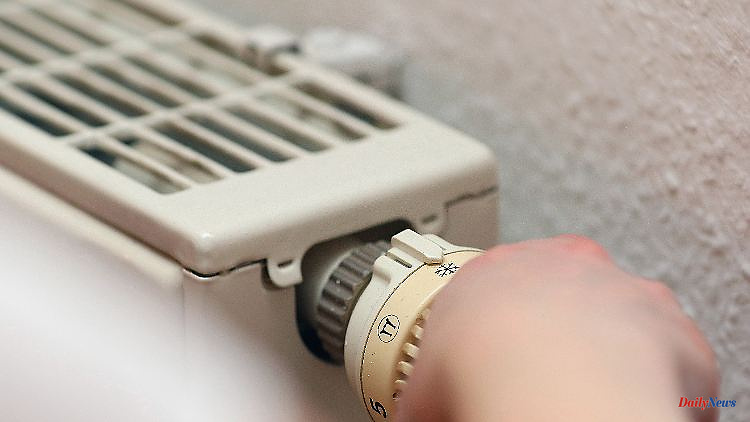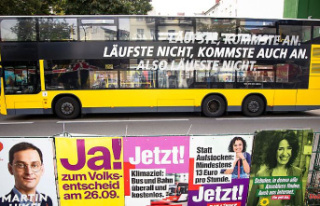Not everyone is relieved equally by the gas price brake. The crucial question is: how high should the upper limit for cheap gas be per household? A study by the IMK examines the effects of various limits - and presents a "quickly implementable" solution.
According to a study, the gas price brake can become socially fairer with an upper limit and at the same time reduce the costs for taxpayers. With a limit of 15,000, 20,000 or 25,000 kilowatt hours, the subsidy would be capped mainly for households that needed less support due to higher incomes. This emerges from a study by the trade union institute for macroeconomics and business cycle research.
"A social upper limit for the gas price brake can be designed in such a way that those who really need it are effectively relieved," said the scientific director of the IMK, Sebastian Dullien. "At the same time, it prevents households with high incomes, large living areas and very high monthly consumption from receiving particularly high relief payments, which is economically and ecologically nonsensical and socially unjust."
A relatively low upper limit of 15,000 kilowatt hours per year would therefore affect almost a third of households with the highest income and gas consumption - but also a significant number of people with lower incomes. Almost seven percent of gas-consuming households from the lowest income fifth would exceed the cap, albeit mostly only slightly. In order to prevent social upheaval, a hardship scheme should therefore be set up to support needy households.
If the limit were set at 25,000 kilowatt hours per year, on the other hand, only 1.1 percent of poorer households would be affected from the outset. Conversely, with higher upper limits, the absolute capping effect in the upper income bracket and the savings for the public sector would also be lower. According to the calculations, the latter range from almost 800 million per year if the limit were 25,000 kilowatt hours per year, to a good three billion euros per year if it were set at 15,000.
"The approach can be implemented quickly because it only requires information that the gas suppliers have or can obtain quickly and easily," said Dullien. "It's definitely not perfect for the same reason, but from our point of view it's a significant improvement over a no-ceiling scheme."
The gas price commission set up by the federal government has proposed subsidizing a quota of 80 percent of the expected annual gas consumption per household. For this quota, the price should be set at 12 cents per kilowatt hour. At the same time, she formulated a test mandate for the government to explore the possibilities of an upper limit.












